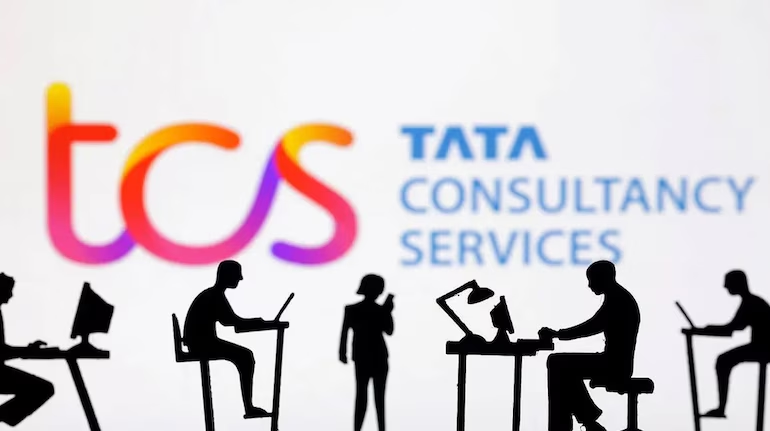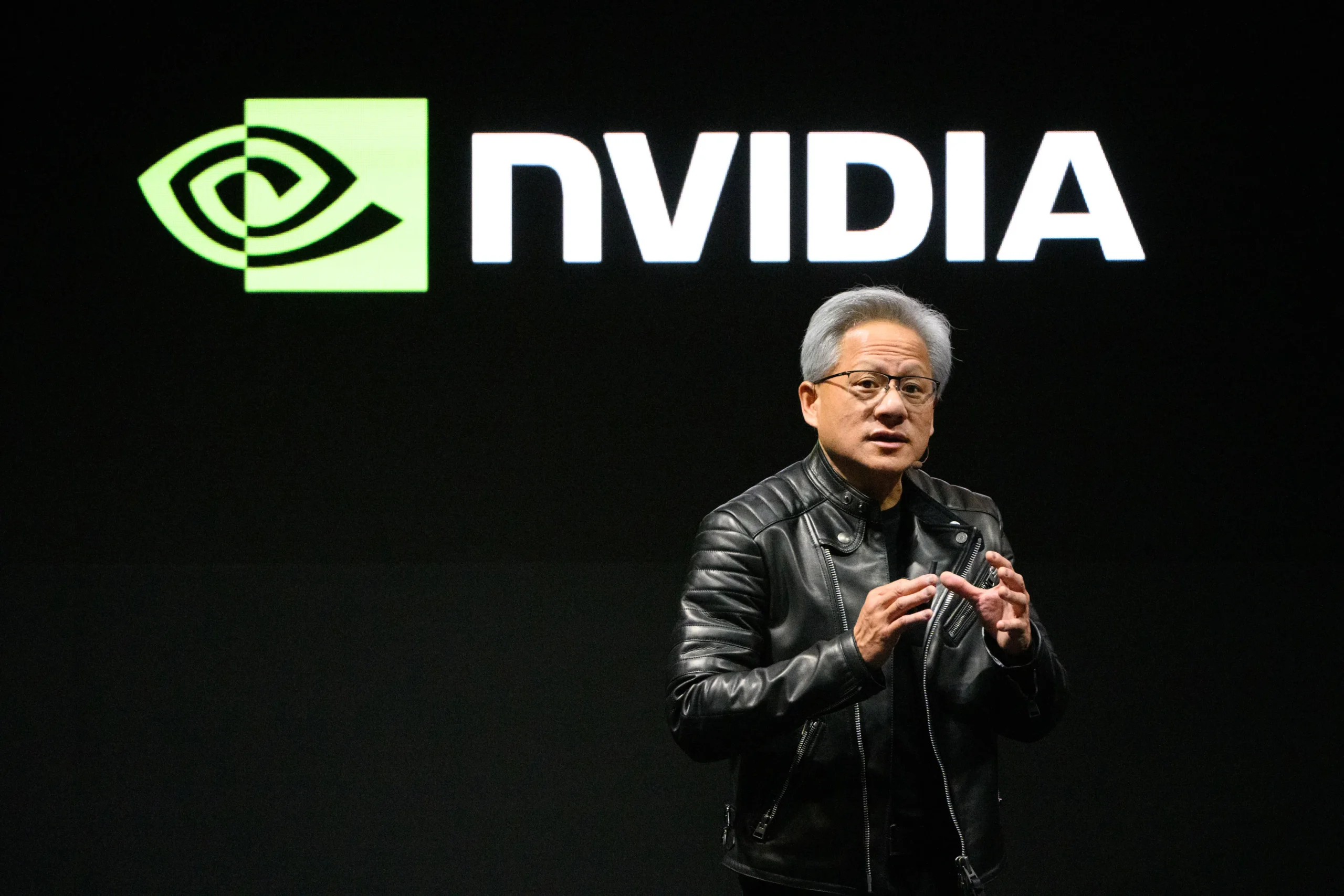BSNL to Upgrade 4G Towers to 5G in 6–8 Months, Says Scindia
New Delhi, October 6, 2025 (Live) — In a bold and time-sensitive announcement, Union Telecom Minister Jyotiraditya Scindia revealed today that BSNL will transition its domestically developed 4G infrastructure into full-fledged 5G within the coming six to eight months. ETTelecom.com+1
Speaking at the Kautilya Economic Enclave 2025, Scindia declared that the shift to 5G is not just an upgrade, but a signal of India’s growing strength in indigenous telecom capabilities. Trak.in+3ETTelecom.com+3The Financial Express+3
“Within the next six to eight months, we will be switching these 4G towers to 5G networks and providing end-to-end 5G network capability across the length and breadth of India,” he said. ETTelecom.com+1
🏗️ Background & Significance
- BSNL’s 4G network was built using a fully indigenous stack, developed by C-DOT, Tejas Networks, and TCS. The Financial Express+1
- So far, 92,564 towers have been commissioned across the country under this “homegrown 4G” initiative. ETTelecom.com+1
- Scindia pointed out that globally, only a handful of telecom vendors dominate standards—Huawei, ZTE, Samsung, Nokia, Ericsson—and that India is now joining that club in its own way. ETTelecom.com+1
🔄 What This Means in Practice
If the timeline holds, BSNL users in India may see the benefits of 5G—higher speeds, lower latency, better connectivity—sooner than many expected. For a state operator like BSNL, this move could help it be more competitive against private telecom players. Trak.in+2The Financial Express+2
Also, because the 4G infrastructure was built with future upgradability in mind, the shift is largely a software/firmware transformation, rather than a wholesale hardware replacement. The Week+2The Financial Express+2
🧐 Challenges & Watch-outs
- Implementation at scale: Converting tens of thousands of towers to 5G reliably and simultaneously is not trivial.
- Interoperability and testing: Ensuring new 5G services work with devices, spectrum, and backhaul will matter.
- Financial and resource constraints: Though the network was built indigenously, the capital and operational costs for full 5G roll-out remain significant.
- User adoption: Many existing users have 4G (or even older) devices—transitioning them to 5G needs incentive and support.




